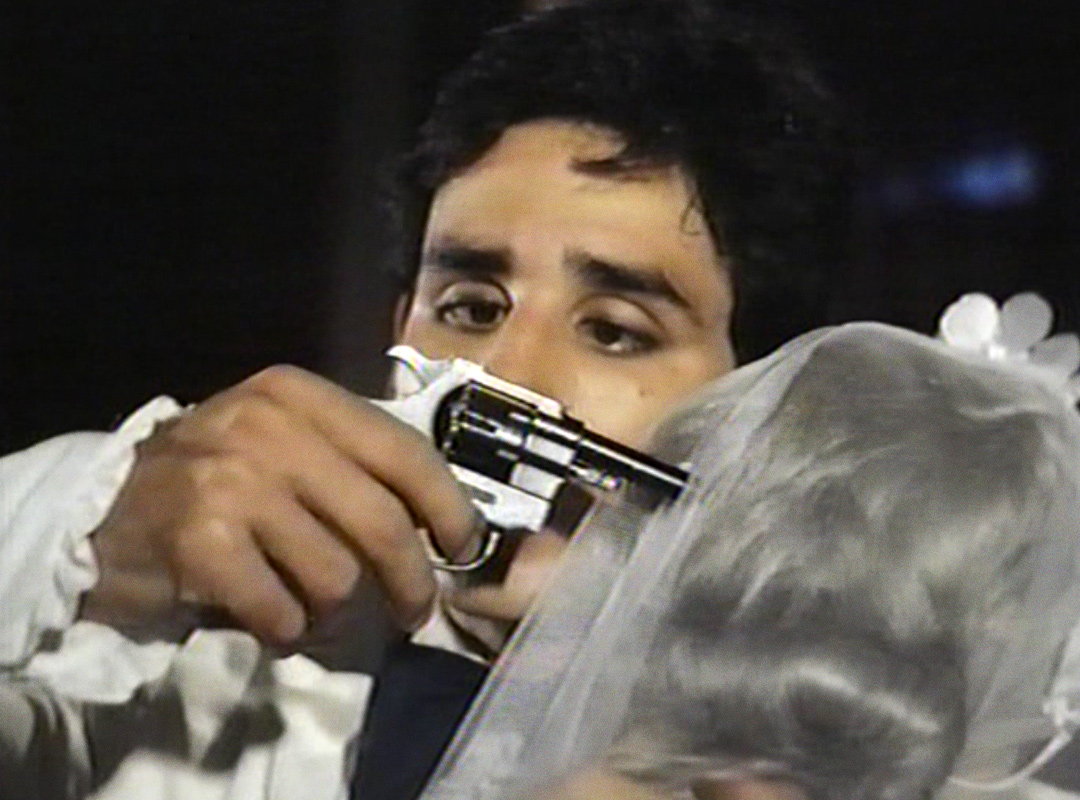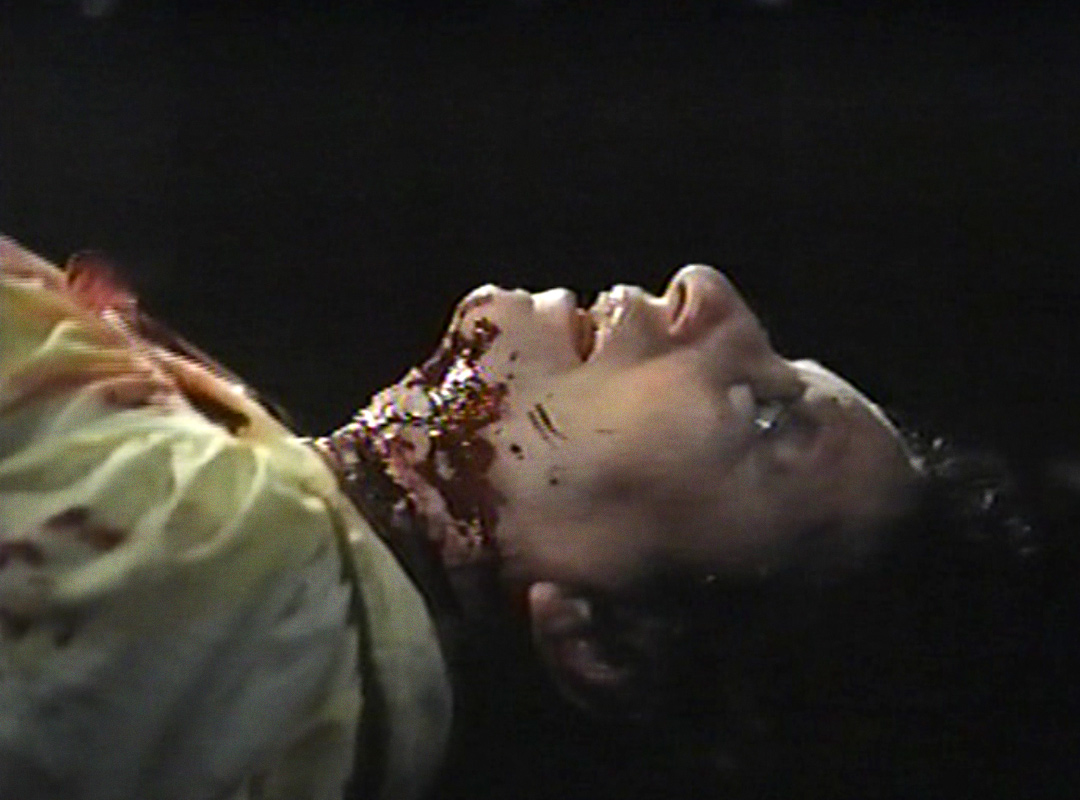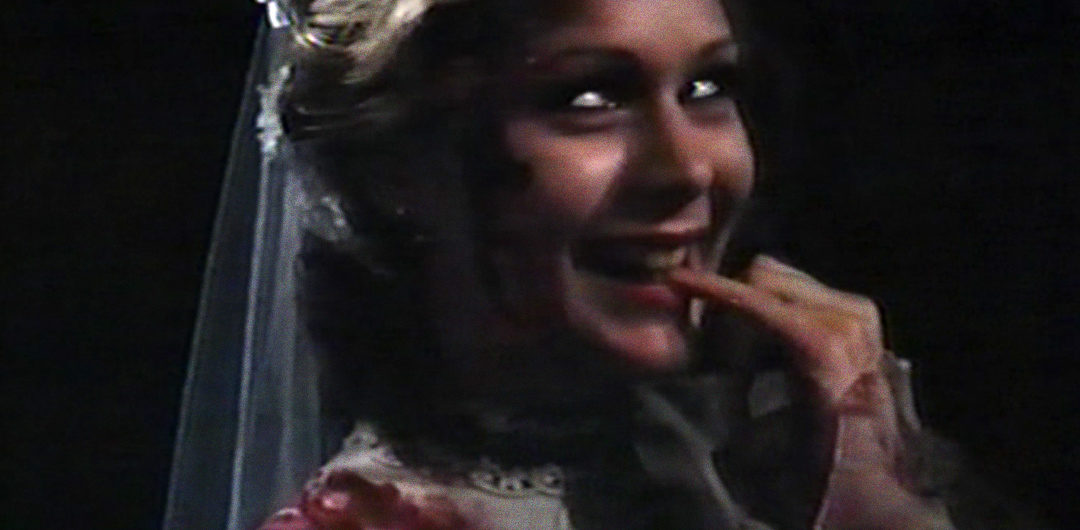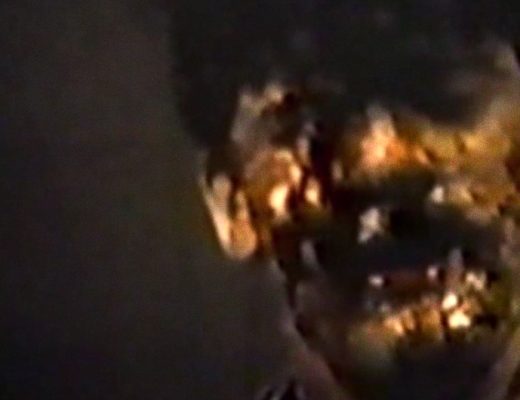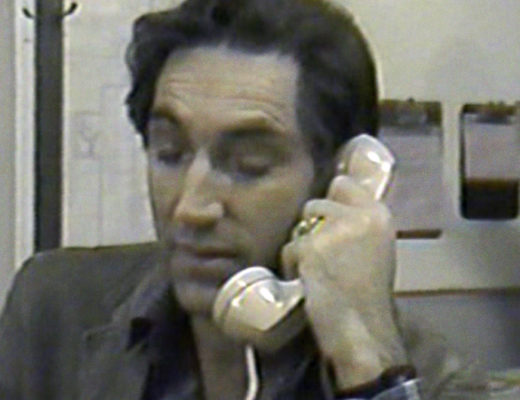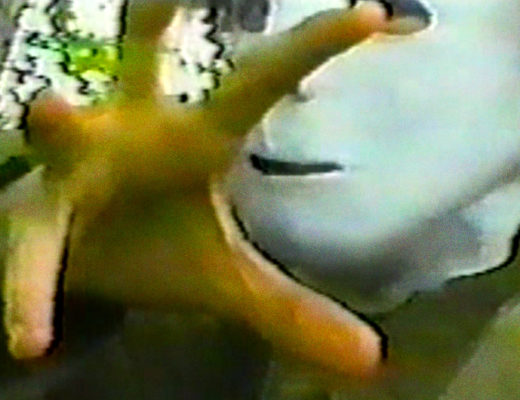Originally published in Bleeding Skull! A 1980s Trash-Horror Odyssey.
Before the opening credits of Carnage, a groom shoots his bride in the face with a pistol. Then, he shoots himself. Andy Milligan never goes halfway.
My friend was unfamiliar with Andy Milligan’s films. He asked me for an overview. I said, “Andy was this angry gay guy from Staten Island who hated his mother and the world. He filmed gory period pieces in his backyard in order to work out his problems.” My friend said, “Holy shit, that sounds amazing!” I said, “It is. But I can’t recommend his movies.”
The appeal of a film that was written, directed, and photographed by Andy Milligan does not come from what appears onscreen. While it’s true that Milligan’s technical fingerprints (crude compositions, horrendous sound recordings, gaudy D.I.Y. costumes) create a recognizable style, that’s not what sets him apart from guys like Ted V. Mikels or Al Adamson. The real fascination comes from the man behind the camera.
For me, watching a Milligan film is similar to watching a Max Linder film. Linder was a revered silent French comedian from the early 1900s who entered, and fulfilled, a suicide pact with his wife. When I watch Linder’s movies, that’s all I think about. His serviceable comedies become much more intriguing when placed in the context of such a troubled life. The same goes for Andy Milligan. According to Jimmy McDonough’s The Ghastly One: The Sex-Gore Netherworld of Filmmaker Andy Milligan, Milligan was a self-destructive, sadistic, sexually twisted, and egotistical man. As a child, his mother chased him with a knife and molested him. As a young man, Milligan beat his sister. As an adult, Andy bragged about his possible involvement with an S&M murder in England. Milligan’s films served as collateral against a tragic life that could end at any moment. From The Ghastly Ones to The Weirdo, his filmography is filled with perverse murders, incest, and sexual humiliation. For three decades, his demons were documented through nearly forty dime store exploitation movies. By 1984, Milligan was way past his prime in terms of ideas and energy. This didn’t stop him from writing and directing an Amityville Horror rip-off that was really just an excuse to make fun of married people.
Jonathan and new wife Carol move into the house where the prologue’s murder-suicide took place. Jonathan looks and sounds like a skid row William Powell, but Carol is no Myrna Loy. He pretends to be a chair with a sheet over it! She prepares tea! When the newlyweds retire for the evening, it sounds like there are painters’ tarps on their bed rather than sheets. The camera pans slowly around the entire house while candelabras move across a table, a phonograph begins playing, and a phone hangs up by itself. Gasp! The next day, a knife falls on Carol’s finger. Screams are heard. Plates are broken. A subplot develops between Carol’s sister and her mother. A lot of time is devoted to the two of them arguing (“Face it . . . after the first three years, marriage gets worse and worse!”) It’s soon revealed that the house is haunted by the couple in the prologue. Throats are slit, intestines are strewn, and a floating axe leads to decapitation. Also, someone gets cancer.
Carnage is not a film that everyone needs to see. It’s padded with establishing shots of Milligan’s Staten Island home and conversations between inconsequential people. There are long sequences of Carol sitting in a chair and drinking wine. There’s a housewarming party with a very long toast. The camera is stuck on a tripod and left for dead. But I can’t dismiss the film. The lack of vitality may be a problem, but Milligan’s cynicism is always present. And always hilarious. If Carnage was cut down to 60 minutes, like Milligan’s earlier Blood, I’d be beside myself with joy. As is, this film is for a very select group of people. People who can appreciate a cheap-ass horror film with dialogue penned by a nihilist who would rather be punching a relative than making a movie.
